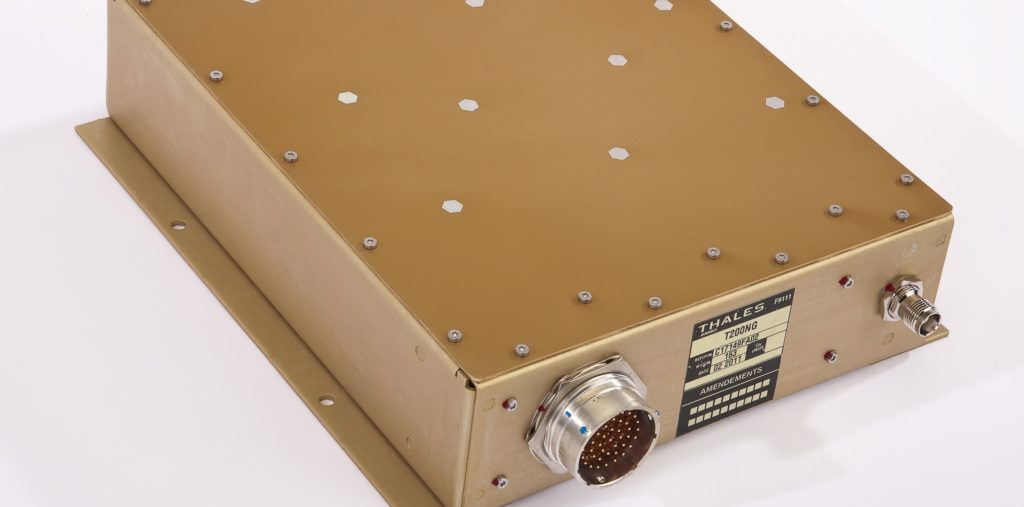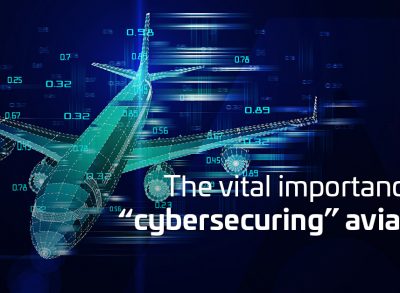GPS and Galileo: a winning combination for aviation and beyond
Twenty years ago, the air transport sector clearly identified the benefits of GPS for flight management and air traffic control. Today, the future of Global Navigation Satellite Systems (GNSS) lies in a combined use of GPS and Galileo.

This milestone is testimony to the capabilities of the second-generation receiver in the TopStar product line from Thales and is the culmination of the company’s efforts since the first-generation GPS receiver was qualified in 1996. In 2014, TopStar was the first GNSS receiver to be certified by EASA, one year after qualification of the EGNOS system.
The future of GNSS in the aviation sector lies in the combined use of GPS and Galileo. A dual-mode system, with a second constellation, effectively eliminates any common modes of failure with GPS, improving dependability by a factor of 1,000 or more. To achieve this, of course, the Galileo constellation must first demonstrate performance on a par with GPS. Sensor hybridisation and data fusion techniques will also be extended with the introduction of Galileo, significantly improving dependability and performance in line with the latest ICAO recommendations on the prevention of signal interference and jamming.
Improving air traffic management and flight management capabilities This is the solution being prepared by the European Commission through the GSA’s DFMC project, with the aim of introducing a dual-constellation solution in 2023/25. The benefits for aviation will include significant improvements in air traffic management and flight management capabilities, including LPV approaches, reduced energy consumption and more cost-effective navigation functions to promote widespread adoption by the market. Aviation has thus paved the way for a new generation of positioning and navigation solutions for safety-of-life applications, with GNSS certified products providing guaranteed signal integrity.
A wide field of opportunity
These solutions are vital for a wide range of applications, including ground transportation, with the development of autonomous systems. Benefits include precision and integrity, combined with small form factor and low cost. Building on the experience gained in the aerospace sector, GNSS architectures using GPS and Galileo receivers are now entirely conceivable for emerging applications such as driverless cars as well as for public transportation (buses, trams and trains), professional UAVs, shipping and future generations of robotics.
The next-generation TopStar dual-constellation GPS and Galileo-based solution from Thales is thus set to play a crucial role in the development and testing of safety/liability critical solutions for all forms of transportation, particularly rail.
Photo: Eric Raz
Find us on Twitter @thales_avionics, on our official Youtube channel Onboard TV and on LinkedIn Thales Aerospace.




